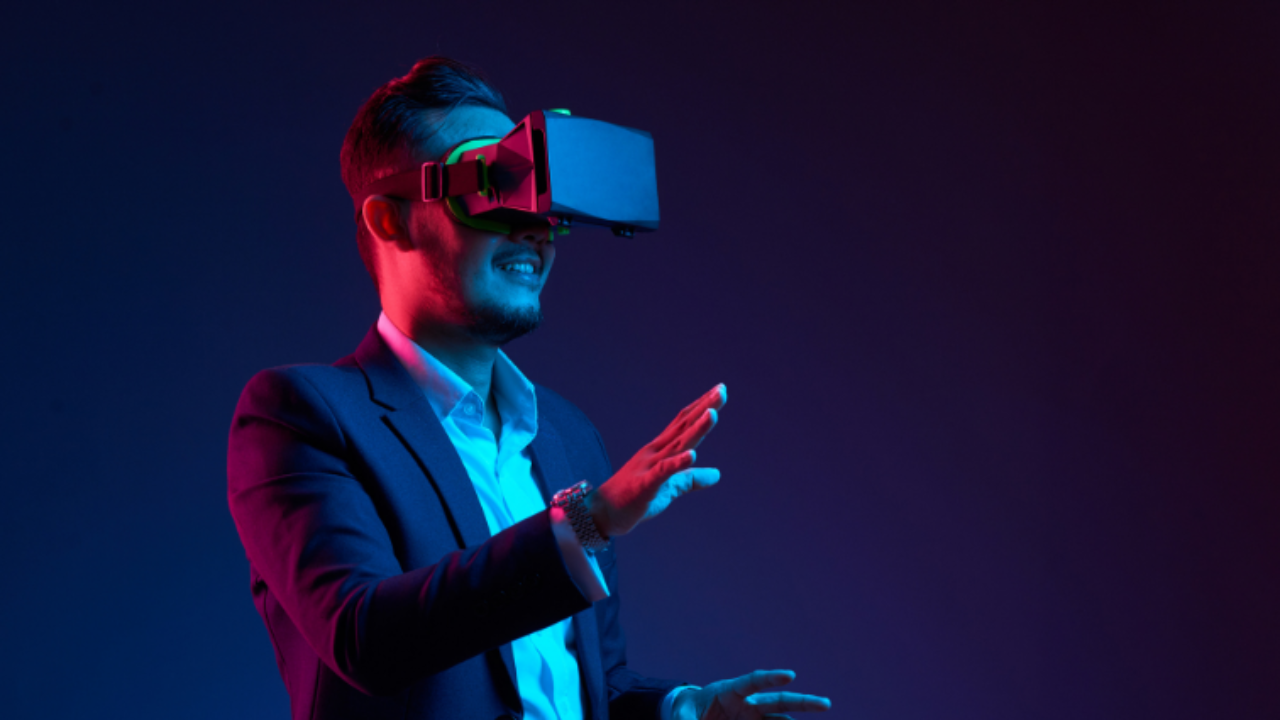10 Enterprise VR Use-Cases
When it comes to Metaverse, VR and headsets in general, thousands of gaming use-cases could apply. However, in 2022 we saw an emergence of enterprise clients adopting VR for various use cases. Here are the most popular ways that Enterprises are using VR:
Virtual training and onboarding: VR can train employees and onboard new hires, providing an immersive and interactive learning experience. We have seen this use case gain significant popularity in 2022 as more companies have used Remio to onboard and train than in previous years. It should also be noted that as companies opt for hybrid and remote policies - this is expected to gain popularity in 2023.
Virtual product demonstrations and trade shows: VR can be used to demonstrate products and services to customers in a virtual environment, or to participate in virtual trade shows.
Virtual team building and team bonding: VR can facilitate team building and bonding activities, such as virtual escape rooms or virtual team retreats. Our two most popular games on the Remio platform this year was Paintball and Team Escape - also in line with how enterprises are using the platform for weekly game sessions.
Virtual customer service and support: VR can be used to provide customer service and support, allowing customers to interact with a virtual representative in a virtual environment. Companies like IKEA and other retailers are enhancing their virtual shopping experience with dedicated customer service reps.
Virtual meetings and conferences: VR can be used for virtual meetings and conferences, allowing team members to meet and collaborate in a shared virtual space. Enterprises engage with prospects in a virtual environment to track engagement and interaction.
Virtual design and prototyping: VR can be used to design and prototype products and services, allowing designers to visualize and test their ideas in a virtual environment. Companies are using this method to save money on product features and prototypes.
Virtual reality marketing: VR can create immersive marketing experiences, such as virtual reality advertisements or brand experiences. Marketing agencies are using this to drive impressions for tas a method heir clients.
Virtual reality therapy: VR can be used for therapeutic purposes, such as exposure therapy or pain management.
Virtual reality education: VR can be used to enhance learning and education, providing immersive and interactive experiences for students. Enterprises are also using this for leadership programs, company training and more.
Virtual reality entertainment: VR can be used to create immersive and interactive entertainment experiences, such as virtual reality games or virtual reality experiences at theme parks.


